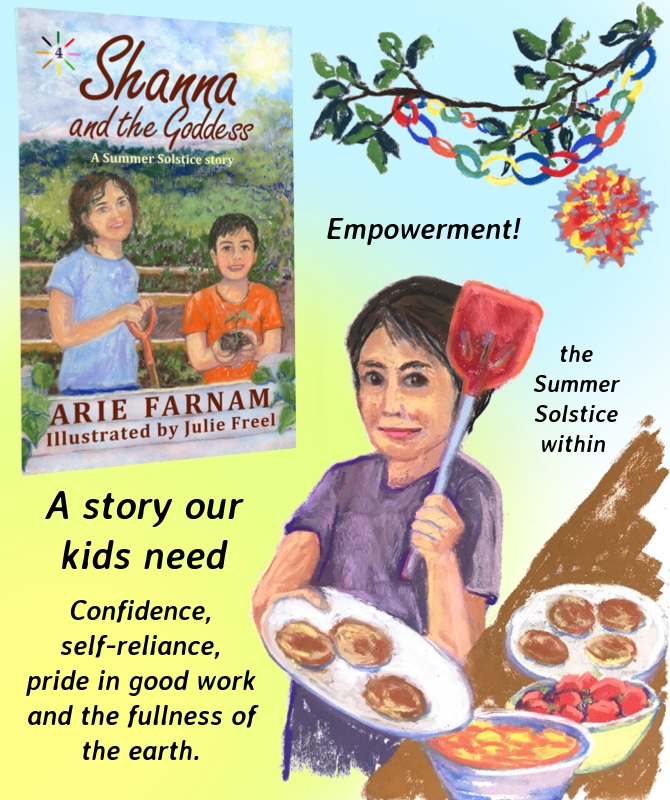Linden: Golden comfort in myth and medicine
/As a child my heart was captured by the songs and poems in The Lord of the Rings and The Hobbit.
Creative Commons image by Bixentro of Flickr. com
I learned by heart the song Legolas sings of Nimrodel and I wondered over the light leaves of linden, which I imagined to be a mythical tree of Middle Earth, since there were no such trees in the semi-desert where I grew up.
When Galadriel sings of an eternal golden tree in the land across the sea, I thought this too must be the linden, so often referred to as golden by Tolkien.
As a young adult, I was delighted to find that linden trees are real, though sometimes called lime trees in the US. They don't bear limes and I assume there are also lime trees of a completely different sort that do. And while linden trees have a stately and magical beauty to them, they are not usually golden. They turn bright yellow in the fall.
Creative Commons image by Alexis Lê-Quôc
Yet they also turn gold for a brief moment in the late spring, or early summer. The tree gives an impression of burnished gold for the week or so when the blossoms are in full bloom and the tree is surrounded by an ecstatic cloud of honey bees--and often as not an herbalist or two.
Tea made from linden flowers and leaves is so widely accepted as a cold and cough remedy in Central Europe that even the most medical-model doctors may suggest it. Linden tea is very pleasant and a light, pretty yellow in color. It can be a great comfort for anyone with an upper respiratory infection. It loosens phlegm so that it is easier to expel.
The tea can also be used to help with insomnia and migraines. In some situations it has been used to help with certain circulatory problems, including high blood pressure and rapid heartbeat, but it should be noted that there is an unconfirmed suspicion that it may exacerbate preexisting heart disease if drunk too often.
Creative Commons image by CameliaTWU of Flickr.com
Linden is said to ward off bad luck and it is holy to Slavic peoples. It was often planted in town centers centuries ago in western Slavic countries and even in Germany. It's a national symbol of the Czech Republic as well as of Slovakia and Slovenia.
The wood of the linden tree is very fine grained so it can be sanded exceptionally smooth. It also resists warping once cured and it is relatively soft for a hardwood. This has led to its use as a carving wood for statues, musical instruments and barrels throughout the centuries.
In Lithuania women prayed to a goddess of the linden tree called Laima. Even the seeds of the tree are treated with respect and once they were spoken to as if they were human.
For me linden symbolizes my new land across the sea and the changes that have made me part of this country. It does not grow in the dry land of harsh and expansive beauty that I left behind. I have planted a linden tree at the top of my property here in this softer, smaller land. Now I wait for the day when it will bear flowers. It can take as long as fifteen years for the tree's first flowers. No wonder it is a tree marking the deep roots of people in a place. These things take time.





















